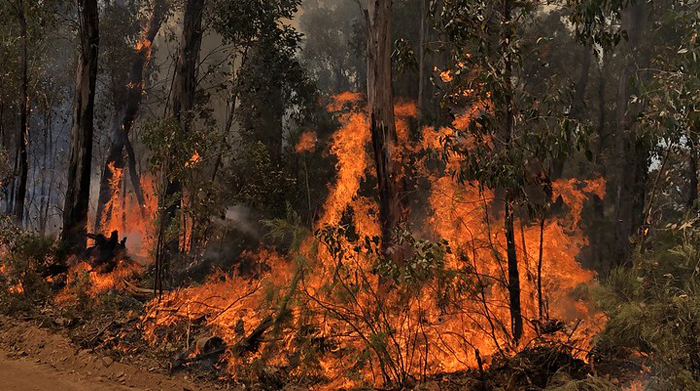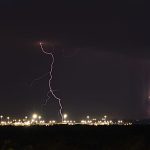Decayed Power Pole Caused Massive 2024 Texas Wildfire

Image courtesy of BLMIdaho under Attribution 2.0 Generic License, resized to 700 x 391 pixels.
The 2024 Panhandle fire that ripped through Texas in Feb. 2024 was caused by a decayed power pole. The wildfire was the largest in the state’s history, killing 2 people and more than 15,000 cows, destroying 138 homes and hundreds of water wells, and scorching over 1 million acres of land. Let’s see if we can learn anything from this disastrous scenario.
How Did a Decayed Power Pole Start a Fire?
After the wildfire disaster, the Texas House of Representatives established the “Investigative Committee on the Panhandle Wildfires” to examine the cause of the fire. The committee issued its findings on 5/1/24 in a 48-page report.
The pole was found to have been so degraded that it snapped, causing the attached power lines to fall on, and ignite, the underlying dry grass. Apparently, the pole was not maintained as it should have been. And unfortunately, other pieces of poorly maintained equipment caused additional fires across the region as well.
In addition to the decayed power pole, other problems cited in the report included a lack of available air support, ineffective communication practices, and loose coordination among the agencies. In addition, the ground-level volunteer fire fighters that arrived on the scene first had inadequate equipment – including broken radios. Talk about fighting a losing battle!
The report recommended that better legislation and more effective monitoring and enforcement rules around inspecting and replacing utility poles be introduced. The report also recommended the provision of additional resources (i.e., air fleet insourcing, additional funding for volunteer fire departments, upgrading inter-state communication technologies, etc.) that can be used to for wildfire prevention going forward.
So, what can we learn from this disastrous event? Well, the main lesson from my point of view is the importance of monitoring and maintaining utility equipment, especially with the utilization of so-called smart devices. If the electric provider in Texas did more of this, perhaps we wouldn’t be talking about a decayed power pole right now.



